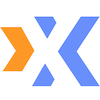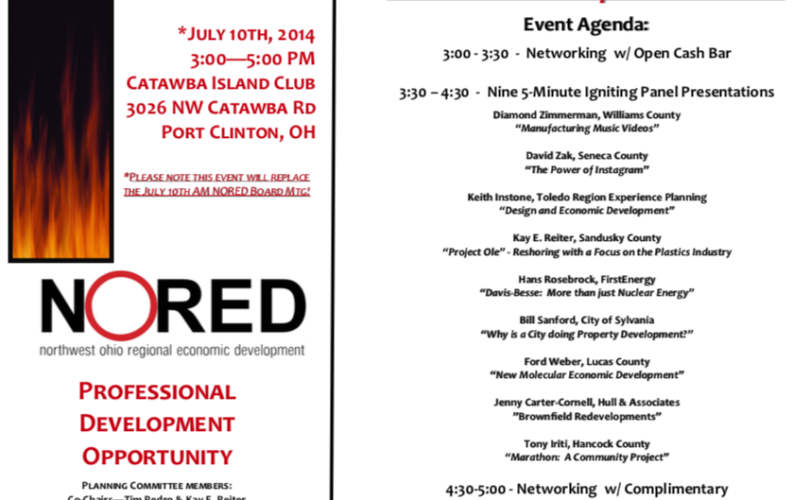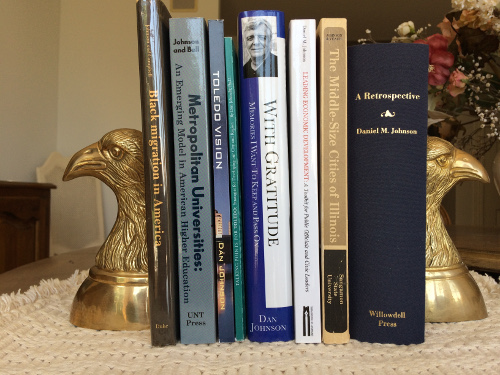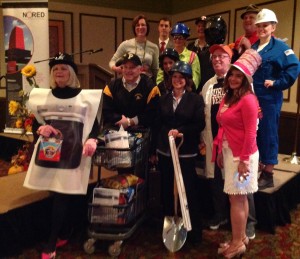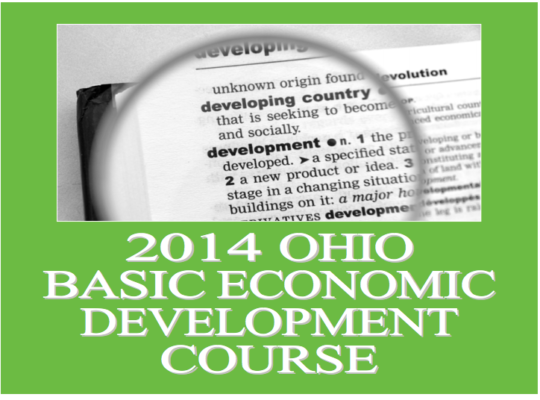Originally published on trep.org on August 31, 2014. A PDF version of the slides/notes was published in July with this overview:
- What is design (in 3 contexts), how it matters in today’s economy
- Designing touch points with regional economic development audiences
- Using design to improve the Toledo region economy
I uploaded the 3 slides from my NORED Ignite talk to Slideshare.
Also, here are my talking points with a few links to reference material, in case you are really into this.
Slide 1: Design
- Hi, I am Keith Instone and I am a User Experience Consultant, which means that companies hire me to make their technology easier to use, but I actually help them change the way they do design. Today. I’d like to talk about design and how it fits in with what you do every day. First, design is a broad term that means different things in different contexts. I’d like to cover 3 contexts.
- First, in the IT world, where we make digital products and services, we use the term “experiences” to describe the big picture of what we design. Design is part of a larger process that includes business strategy and software development, for example. “Interaction designer” is one of the many job titles in this context.
- In the physical products world, the world of toothbrushes, toasters and trucks, design is also practiced. “Industrial designer” and “human factors specialist” are job titles in this context. In the built environment, design and architecture and planning go hand-in-hand.
- Although these 3 contexts for design have their differences, technology is leading to a convergence. Think of using your smartphone to operate an app that controls the security system, furnace and lights in your house. Designing for the digital, physical and built worlds is becoming a combined design challenge.
- Design has always been important to business success, but the rise of Apple has reminded business leaders of its value. There is now data to suggest that design is a driver of global corporate success.
- In order for a company to get value from design, however, it has to think of it as more than just making things look pretty. In this simple design maturity model, companies move up the chain from pretty to functional to using design principles to solve business problems. But the most advanced companies use design as a way to think.
Slide 2: Economic Development Audiences to Design For
- First, how can design help us most directly? By applying design thinking, design methods and design skills to improve the products, services and experiences for our key audiences.
- Here is a list of some of those audiences of our economic development efforts. As I have been learning more about economic development, I try to map what I hear to these audiences and what the goals are for each. Sometimes the audience goals have subtle but important differences. Design details can greatly affect how effective we are in helping each audience accomplish its goals. Also, I have noticed a trend towards thinking of “residents as boss”, which could mean a very different design approach than with other audiences.
- Some of the economic development touch points that we can apply design to include web sites for economic development professionals, in person events for business leaders, and marketing campaigns to retain talent. Remember that design is not just making things look pretty: it is creating functionality that works, solving complex problems, and even framing economic development issues.
Slide 3: Improving the Regional Economy
- I think that design can also have an impact on the Toledo Region economy.
- I have some ideas on how we can raise the design maturity of companies in the region.
- For larger corporations, they often have problems with business unit silos that do not collaborate. We can use design to improve how they operate, helping them lower costs, for example.
- We can use design to create new products and services here in the region and sell them to the rest of the world.
- We can think of design as an industry and develop companies that excel at it. They can both sell their services in the global marketplace but also attract other companies that want to tap into their expertise within the region.
- We can also use the concept of design founders – having a designer join a business person and a technologist – as the team that creates a start-up company.
- Which of these make the most sense? I do not know. But I do know that to try any of them, we need to build up our regional design community. I have been doing a few small things to develop design talent in the region, but we need to do more. We also need to figure out what “design” means here in the Toledo region. I think our version of design can be different and better than other regions, making it another part of the economic development story for the region.
- Whew, obviously, this was hard to fit into 3 slides and 5 minutes. I hope this gives us something to talk about. What do you think? Where does design fit into economic development for the Toledo region?
